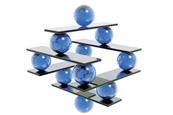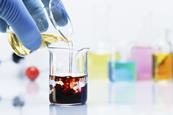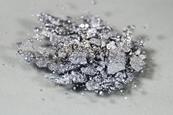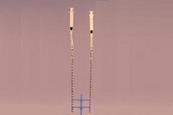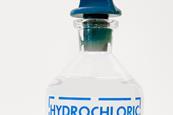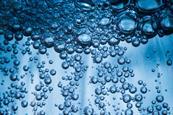- Home
- I am a …
- Resources
- Collections
- Remote teaching support
- Starters for ten
- Screen experiments
- Assessment for learning
- Microscale chemistry
- Faces of chemistry
- Classic chemistry experiments
- Nuffield practical collection
- Anecdotes for chemistry teachers
- Literacy in science teaching
- More …
- Climate change and sustainability
- Alchemy
- On this day in chemistry
- Global experiments
- PhET interactive simulations
- Chemistry vignettes
- Context and problem based learning
- Journal of the month
- Chemistry and art
- Classic chemistry demonstrations
- In search of solutions
- In search of more solutions
- Creative problem-solving in chemistry
- Solar spark
- Chemistry for non-specialists
- Health and safety in higher education
- Analytical chemistry introductions
- Exhibition chemistry
- Introductory maths for higher education
- Commercial skills for chemists
- Kitchen chemistry
- Journals how to guides
- Chemistry in health
- Chemistry in sport
- Chemistry in your cupboard
- Chocolate chemistry
- Adnoddau addysgu cemeg Cymraeg
- The chemistry of fireworks
- Festive chemistry
- Collections
- Education in Chemistry
- Teach Chemistry
- Events
- Teacher PD
- Enrichment
- Our work
- More navigation items
Equilibria
Classroom resources featuring activities from our Equilibria professional development course for teachers
This collection is most valuable to those who have attended this course and wish to put into practice with their students some of the ideas and activities presented as part of that event. Please note that this list is not exhaustive; not all trainer activities have a corresponding classroom resource. In some circumstances there is variation between the training resource and classroom resource.
Post-16 thermodynamics tutorials
Thinking about how to teach thermodynamics? Try these tutorials, including videos and animations, to help post-16 students learn about the key topics.
Equilibria 16–18
Quiz your students on the equilibrium constant and how to use it with these Starter for ten questions.
Equilibria 16–18
Quantify your students’ knowledge of equilibria with these Starter for ten activities covering dynamic equilibria, Le Châtelier’s principle and equilibria and industry.
Ammonia
An introduction to ammonia.
Sulfuric Acid
An introduction to sulfuric acid production
Beyond Appearances: Students misconceptions about basic chemical ideas
Reviews of research on students’ misconceptions in conceptual areas of chemistry. Misconceptions are described and discussed, together with indications of their origins.
Equilibria
This programme is designed to develop students understanding through basic concepts such as reversible and irreversible reaction, looking at both physical and chemical changes, to dynamic equilibria and factors that affect equilibria. Working through the activities will also develop thinking and research skills.
Rates and equilibria
This activity demonstrates the links between the topics of rates of reaction and the equilibrium law. It provides students with an explanation of the equilibrium law and helps them explain why Le Chatelier’s principle works for temperature, concentration and pressure.
Equilibrium reactions and the factors affecting them | 16-18 years
Check common misconceptions about equilibrium reactions and the effects of concentration, catalysts and temperature using this lesson plan for 16–18 year olds.
Distribution of iodine between two immiscible solvents
Use this class experiment or demonstration to create an equilibrium distribution using iodine in two immiscible solvents. Includes kit list and safety instructions.
Measuring an equilibrium constant on a microscale
Use your microscale titration apparatus to determine the equilibrium constant for the reaction between silver(I) and iron(II) ions
The effect of concentration on equilibrium | Le Chatelier’s principle
Illustrate the reversible reaction between bismuth(III) oxychloride and bismuth(III) chloride in this demonstration. Includes kit list and safety instructions.
The effect of concentration and temperature on an equilibrium | Le Chatelier’s principle
Try this demonstration to illustrate how changing chlorine concentration or temperature shifts the position of an equilibrium. Includes kit list and safety instructions.
The equilibrium between two coloured cobalt species
In this demonstration the equilibrium between two different coloured cobalt species is disturbed. Le Chatelier’s principle is used to predict a colour change.
Equilibria involving carbon dioxide in aqueous solution
Use this demonstration or class practical to illustrate changes to equilibria in carbonated soda water. Includes kit list and safety instructions.
The effect of pressure and temperature on equilibrium | Le Chatelier’s principle
Try this demonstration to explore the effects of pressure and temperature on an equilibrium mixture with your students. Includes kit list and safety instructions.
Entropy and equilibrium
This activity shows the students the fundamental link between entropy and equilibrium and increases students’ understanding of scientific models. It highlights the importance of mathematical descriptions in physical chemistry.


















